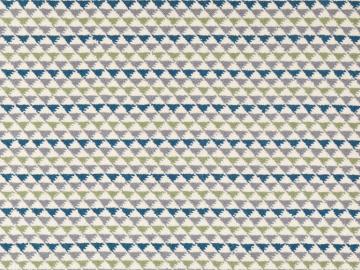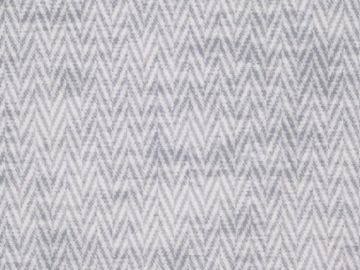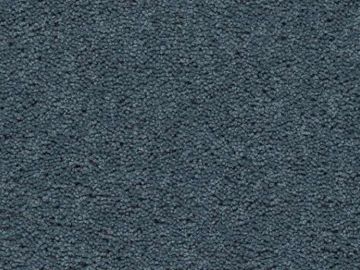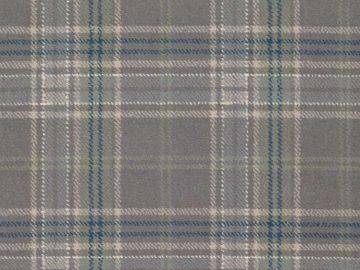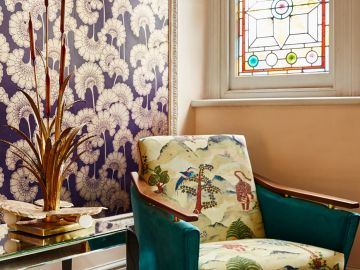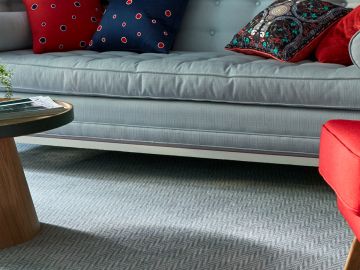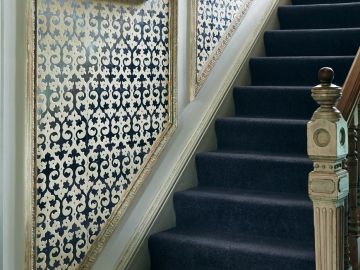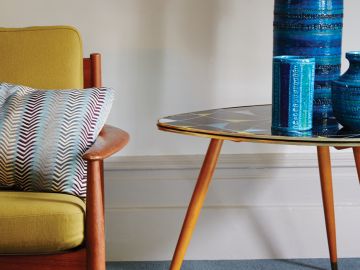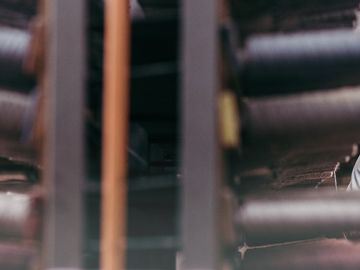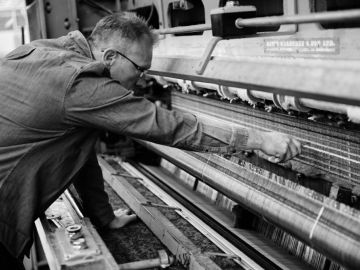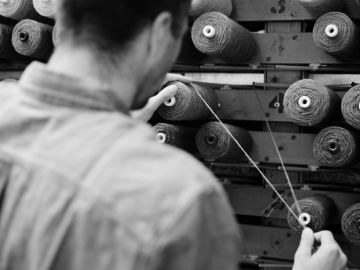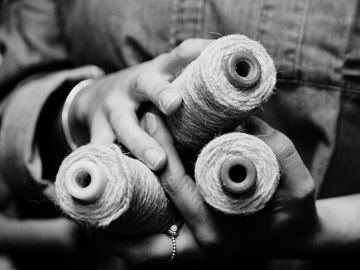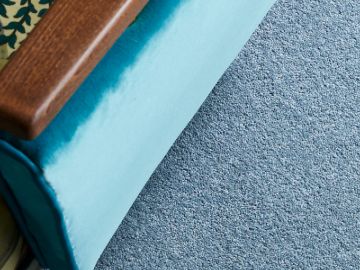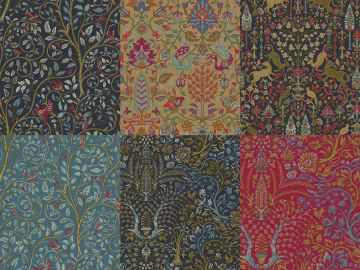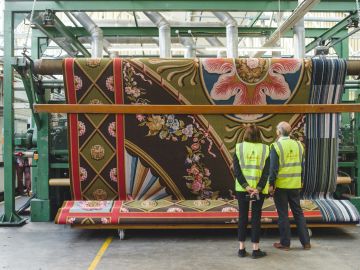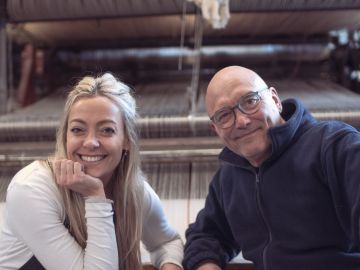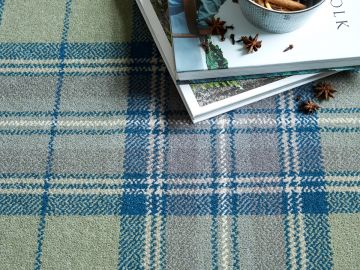REWEAVE OF NATIONAL TRUST'S MOST IMPORTANT CARPET AT SALTRAM
Visitors to one of the UK’s finest Georgian interiors can experience it as it was intended after ‘complex’ reweave of National Trust’s most important carpet
-
Reweave of National Trust’s most significant carpet allows visitors to fully experience one of the finest Robert Adam interiors for first time in more than 40 years
- Axminster Carpets rebuilt its largest loom – the first and only loom of its kind in the world – to accommodate the vast carpet
- Huge carpet in Saltram’s Saloon has been recreated by Axminster Carpets, whose founder, Thomas Whitty, wove the original more than 250 years ago
- Visitors to the Devon house can now get up close to paintings by Joshua Reynolds and Chippendale furniture, previously only seen from a distance
- Reweave is final phase in a major five-year project to conserve Saltram’s Saloon
.jpg)
For the first time in more than 40 years, visitors can enjoy one of Britain’s finest early Georgian interiors as its designer intended, after its spectacular Axminster carpet – the most significant in the National Trust’s care – was recreated by the firm whose founder wove the original in the same Devon town in 1770.
Historic Axminster Carpets rebuilt its largest loom to enable the weave, the most complex commission it has undertaken in its 268-year history.
John and Theresa Parker asked the fashionable Scottish designer and architect Robert Adam to design every detail of the Saloon at Saltram, near Plymouth, in around 1768. He designed a huge 13.5m x 5.9m one-off carpet to echo the pattern of the exquisite plasterwork ceiling above, with festoons of flowers and ribbons, bands of diamonds and fans in pinks, blues, browns and greens. But for decades, visitors have been unable to appreciate Adam’s no-expense-spared interior scheme as it was meant to be, or to see the details and artworks in an elegant, harmonious whole.
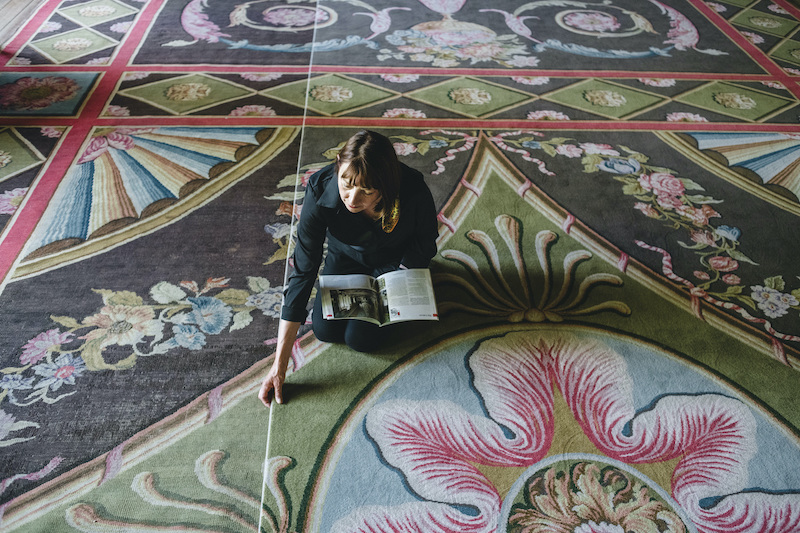
The full-length protective reweaves, each covering two-thirds of the carpet’s width, will be regularly rotated. Initially, one copy will be placed along the fireplace wall; after 18 months to two years, it will be cleaned, repaired and stored by bespoke flooring specialists Linney Cooper and the second copy will be laid along the opposite wall. This approach will allow the original carpet to rest and extend the life of the reweaves to up to 30 years.
Zoe Shearman (National Trust – Curator): “The Saloon was part of a scheme of fashionable improvements at Saltram, a space for extravagant entertaining, laughter and making social and political connections. And the carpet was at its heart, with the chairs, tables and torchères all arranged around the edges to allow the 3D-effect of the design to really shine. “It wasn’t until the 1750s that carpet factories were set up around London and in Axminster, providing wealthy homes with warm, colourful and luxurious floor carpets. With its sheer size, beauty and novelty, the Saltram carpet must have been a truly impressive sight – and it still is today.”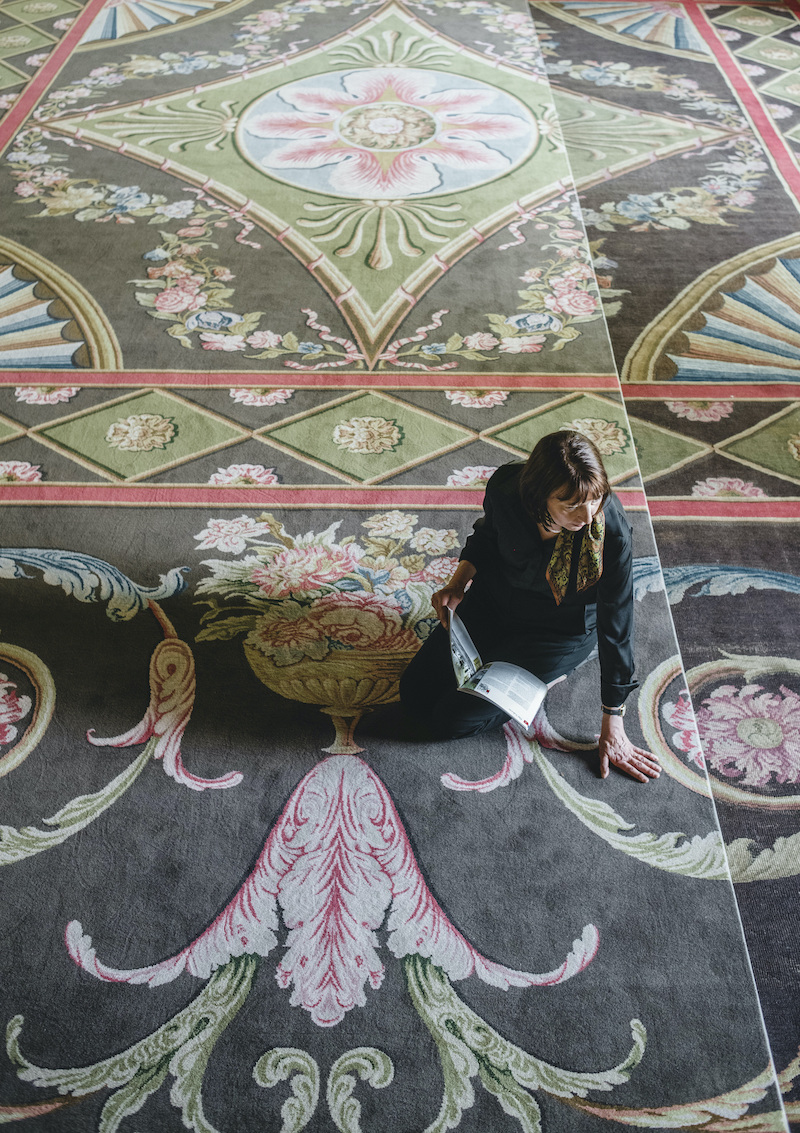
Axminster Carpets’ six-week reweave involved 22 thread colours and 96,130 changes of bobbin (the cylinder on which the yarn is wound), each change taking from three hours to one day to complete.


